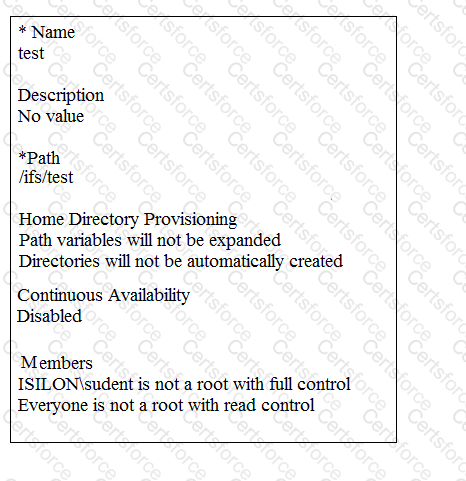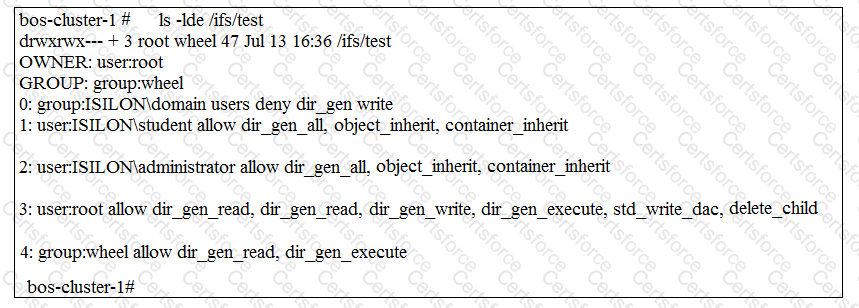Case Study 1
A company has several independent business units that operate globally. The company has consolidated its IT infrastructure services and operations. Common infrastructural services which include IPAM, DNS, NTP, DHCP, and SMTP have been consolidated. The company has complimented its infrastructure development by investing in Dell EMC Isilon clusters to host its user’s home and group directories and for compliance archival purposes required by individual business units.
The IT operations are located in India and the United States with its primary data center facilities co-located between New York and Texas. The company has a total of 60 AD forests:
1 main domain
55 domains have one-way trust relationships with the main domain
An additional 4 domains do not have any trust relationship with no future plans of establishing trust relationships with the other domains.
Users of different AD domains use different FQDN to access their corresponding file services. Additionally, the company does not plan to consolidate the AD domains and each domain uses a different IP subnet. The users of the domains with no trust relationships have a compliance archival requirement. The company wants to all data to be replicated between New York and Texas.
What is the minimum number of replication policies that are required to facilitate granular failover and failback capabilities for each AD domain?
Case Study 1
A company has several independent business units that operate globally. The company has consolidated its IT infrastructure services and operations. Common infrastructural services which include IPAM, DNS, NTP, DHCP, and SMTP have been consolidated. The company has complimented its infrastructure development by investing in Dell EMC Isilon clusters to host its user’s home and group directories and for compliance archival purposes required by individual business units.
The IT operations are located in India and the United States with its primary data center facilities co-located between New York and Texas. The company has a total of 60 AD forests:
1 main domain
55 domains have one-way trust relationships with the main domain
An additional 4 domains do not have any trust relationship with no future plans of establishing trust relationships with the other domains.
Users of different AD domains use different FQDN to access their corresponding file services. Additionally, the company does not plan to consolidate the AD domains and each domain uses a different IP subnet. The users of the domains with no trust relationships have a compliance archival requirement. The company wants to all data to be replicated between New York and Texas.
What is the minimum number of groupnets required?
A company is implementing Superna Eyeglass to automate and orchestrate SyncIQ failover and failback. What is one of the requirements when implementing Superna Eyeglass for a Dell EMC Isilon cluster?
A company has an existing Dell EMC 4-node X410 Gen 5 cluster with approximately 100TB of SMB shares connected using two InfiniBand 8-port switches. The company wants a technical refresh of the cluster with a new 4-node H500 Gen 6 cluster with two 16-port InfiniBand switches. The existing cluster has SyncIQ, SmartConnect Advanced, and SmartPools licenses installed.
To move the data from the existing modes to the new nodes, which migration plan is recommended?
A company has an 8-node X410 installed as a single Dell EMC Isilon cluster. The company expressed concerns about cluster performance, particularly about NFS being slow. The output shown in the exhibit was presented to the Dell EMC technician.
Based on this output, what is a reason for the cluster performance issue?

A Dell EMC Isilon administrator has set up security on a share as shown in the exhibit. Users in the group entitled “domain users” should only be allowed read access to the share. Which user or group is able to only read from the share called “test”?


An IT team is implemented a disaster recovery solution. A Dell EMC Isilon cluster will replicate production data from the existing primary cluster to a planned secondary cluster. The primary cluster is licensed for SmartLock Enterprise. A SmartLock enterprise type directory on the primary cluster is planned for SyncIQ replication to the secondary cluster.
When consulting with the IT team. What is a key consideration when replacing the data in a SyncIQ source directory configured with SmartLock Enterprise mode?